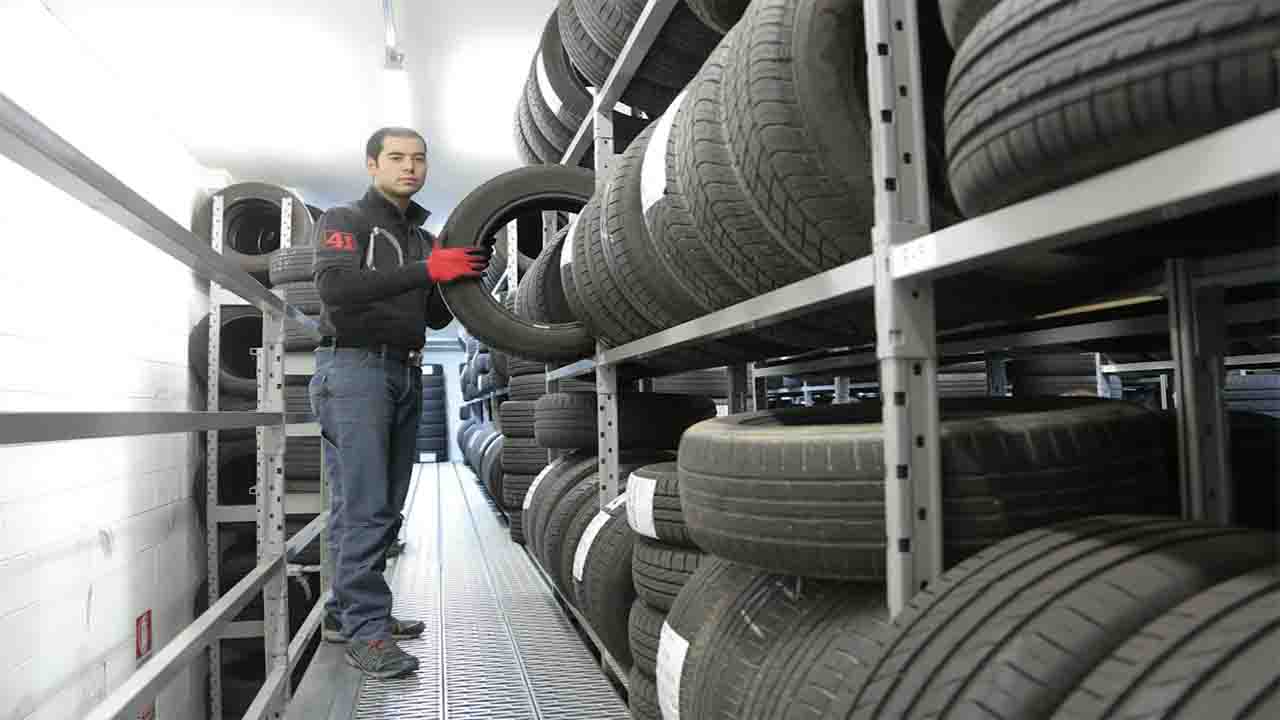India (Commonwealth) _ In a briefing to Indian media, Continental Tires India, MD Samir Gupta stated that the industry’s sales should have doubled based on their forecasts. He was addressing Indian journalists at the Bharat Mobility Expo 2024.
India’s need for SUVs is growing, and new road projects and safety regulations create opportunities for additional tires to be used on the road, boosting demand and profitability for the Indian tire business, he further explained.
According to a report by the Automotive Tyre Manufacturers’ Association (ATMA), based on an extensive study by CRISIL Market Intelligence & Analytics (MI&A) Consulting, the Indian tire industry is on course to more than double its revenue to $22 billion by fiscal 2032 from $9 billion in fiscal 2022.
The main forces behind this are the growing demand for automobiles as well as the government’s acute attention to and ongoing expenditures in infrastructure. In addition, the need for new tires in the market will be sustained by a sizable and expanding fleet of automobiles.
India is one of the world’s top producers of tires. The market includes sophisticated smart, noise-reduction, puncture-proof, and electric vehicle variants in addition to traditional radial and bias tires. It is also becoming more prevalent in the import-dominated premium and luxury tire markets.
According to the report, by fiscal 2032, the industry’s turnover would account for 3.4% of India’s manufacturing GDP, up from 2.2% in fiscal 2022. This is a significant 100 basis point gain. Additionally, its proportion of global commerce would increase from 3.1% to 4.5%, its payment to the Goods and Services Tax (GST) will increase from $2.0 billion to $4.1 billion, and it will sustain 3.7 million employment instead of 1.9 million.
The industry’s research and development (R&D) spending is expected to increase by over 100% to $151 million from $64 million, having grown by triple during the previous five fiscal years. In addition to technical and safety standards, the adoption of Industry 4.0 ideas like artificial intelligence and machine learning to boost efficiency has led tyre producers to devote a large portion of their budget to research and development.
The Managing Director of JK Tyre & Industries Ltd. and Chairman of ATMA, Anshuman Singhania, states that the Indian tyre sector “has the potential to lead domestic manufacturing on the global stage.” Additionally, its proportion of global commerce would increase from 3.1% to 4.5%, its payment to the Goods and Services Tax (GST) will increase from $2.0 billion to $4.1 billion, and it will sustain 3.7 million employment instead of 1.9 million.
The industry’s research and development (R&D) spending is expected to increase by over 100% to $151 million from $64 million, having grown by triple during the previous five fiscal years.
In addition to technical and safety standards, the adoption of Industry 4.0 ideas like artificial intelligence and machine learning to boost efficiency has led tyre producers to devote a large portion of their budget to research and development.
Anshuman Singhania, the Chairman of ATMA and Managing Director of JK Tyre & Industries Ltd., asserts that the Indian tyre industry has the capacity to take a leading role in domestic manufacture internationally. In terms of indigenization, the consumer sector is supporting the immediate growth of two lakh hectares of rubber plantations in northeast India through the historic India Natural Rubber Operations for Assisted Development project, a public-private partnership involving the government of India, the Rubber Board, and a few tire majors.
Conversely, profit margins are being reduced by rising raw material costs, even though certain raw materials are being imported. The additional obstacles for a sector where rivalry is fierce since there are many local and foreign producers are infrastructure limitations, difficulties dealing with rivals in Southeast Asia, higher capital expenditure (capex) and research and development needs, and low-cost imports.
According to Hemal N. Thakkar, Director and Practice Lead at CRISIL MI&A Consulting for Transport, Logistics, and Mobility, The Indian tire industry has emerged as a major force in the world market because to its cutting-edge production techniques, size, and effectiveness. This is demonstrated by the fact that, in terms of value, exports account for about one-third of output. But the government’s targeted strategy can provide the sector the extra edge it needs to become even more globally competitive, which will boost the nation’s foreign exchange profits.








